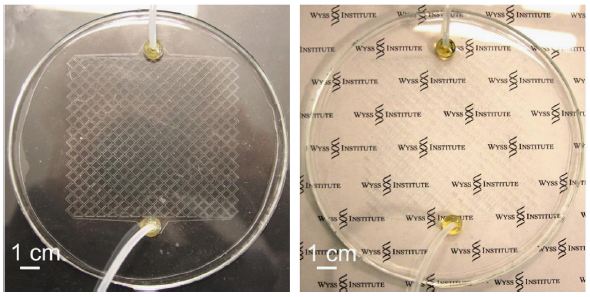
The same window that allows natural light into your home also brings about an increase in your air-conditioning bill. While certain measures have been taken to improve the energy efficiency of windows, they still account for a large portion of buildings’ energy costs. As unfavorable as that is, we ultimately want our buildings to have windows, and tend to accept the sunlight in/energy bill up trade-off. However, advancements are currently underway to improve this trade-off by lessening the energy charges attributable to windows. Researchers at Harvard University have come up with a microfluidic system that would enable windows to self-cool, much like the way our own skin keeps the body at a healthy temperature.
Window Inefficiencies Waste Energy
As we know, windows can be very energy inefficient. The discussion of window efficiency usually revolves around how windows allow heat to escape the building, but the opposite, namely, how windows allow heat to enter the building, is also important. A key fact to note is that sunlight contains a wide spectrum of wavelengths, including visible light and infrared. When sunlight shines on a window, visible light passes through, but the glass absorbs the majority of the infrared light, thereby heating up the window. The window’s heat is then transferred to the building’s interior. Then, in order to maintain the temperature you desire, your air-conditioner must work harder, thus increasing your electric bill.
Cooling Windows with a Microfluidic System
Researchers from Harvard University recently came up with an innovative design for cooling windows — without restricting the amount of light that shines through — thanks to the use of silicone, a highly transparent material. The group looked to living organisms for design inspiration. In their paper “An artificial vasculature for adaptive thermal control of windows“, Benjamin D. Hatton, Ian Wheeldon, Matthew J. Hancock, Mathias Kolle, Joanna Aizenberg, and Donald E. Ingber note that the temperature regulation mechanisms in living creatures have evolved into very efficient designs based on internal vascular networks. Basically, when it’s hot, the body’s blood vessels dilate so that more blood flows to the skin’s surface, thus cooling the body; and when it’s cold, the blood vessels constrict to limit the flow, thereby retaining the body’s core temperature.
This same working principle guides the microfluidic system design for keeping windows cool. The “blood vessels” are represented by thin (micro- to millimeter scale) channels stretching across the “skin”, represented by the window pane. When water is pumped through the channels, the window is cooled off significantly – close to 10°C, according to their calculations.

Array of 1 mm wide channels on a 10-by-10 cm2 layer of silicone bonded to a glass window. Left image shows the dry channels, right image shows channels filled with water. Image courtesy of Benjamin D. Hatton, et al.
What’s more, their work suggests that in order to keep a 1-by-1 m2 window cool, you would need a relatively small flow rate of room temperature water — about half of a soda can per minute. In addition, that flow could be pulled through the channels by gravity alone, and the energy needed to pump the water to the top of the window is very small relative to the amount of heat energy that water can absorb. This means that the system will require a small enough amount of energy to keep it running to still be an energy efficient approach to cooling windows. Very cool, indeed.
Learn More About the Project
- Download the paper “An artificial vasculature for adaptive thermal control of windows” from Science Direct
- “Self-cooling windows let in sunlight without heat“




Comments (0)